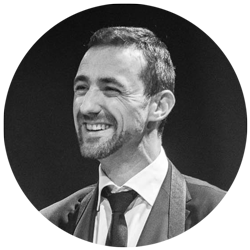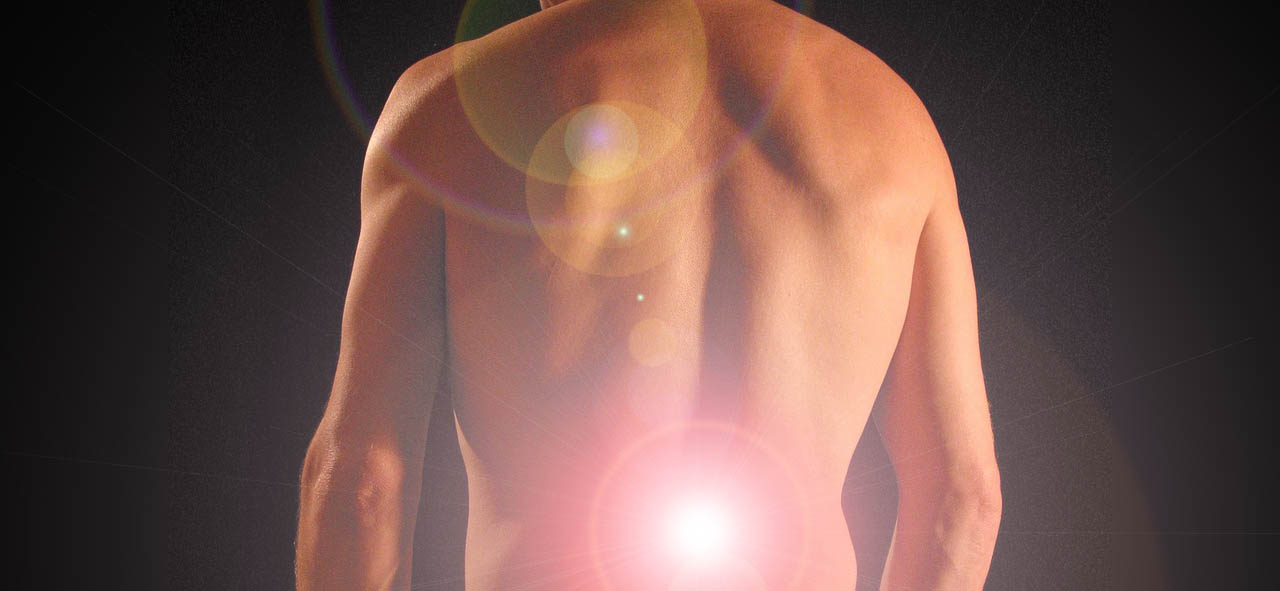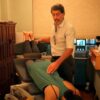As an osteopath, I work daily with patients suffering from sports, physical activities or daily life related musculoskeletal troubles. Among these problems, low back pain is a major one. Typically the patient will describe a pain that has been bothering for months or commonly even years. The kind of pain that comes and goes away, but stays in your mind and prevents you from moving normally during daily activities – things such as picking an object from the floor, playing with your kids – or training intensively at the gym, as you would if you just could fully trust your back.
Precise examination of active and passive range of motion of the spine is critical for effective treatment. According to my experience, good mobility of the lumbosacral junction is fundamental for the function of the whole lumbar spine. Lumbosacral junction, also know as L5-S1, is the name of the transition link in the lower back between the last vertebra of the lumbar spine and the sacrum. This special L5-S1 joint has mainly mobility in the sagittal plane (flexion-extension movement) and in the frontal plane (sidebend aka lateral flexion), whereas minimal mobility in the horizontal plane (rotation). The lumbosacral junction provides a flexible base for the whole spine, and its function is therefor fundamental, even if of small amount. The spine consists of 24 presacral vertebrae: 7 cervical, 12 thoracic, and 5 lumbar vertebra. When standing, all these vertebras are resting on the sacrum. Think about a 24 floor building, designed to endure earth quakes, shaking without collapsing. You might want the building to rest on a solid, yet mobile and flexible base. Now back to our even way more complex model, the spine!
Restriction of mobility of the lumbosacral junction or L5-S1 in one direction (eg. movement is restricted into extension, or sidebend to one side), will induce some compensations elsewhere in the body. This compensatory movement usually occurs in more mobile areas, typically middle lumbar spine. To make the investigation job of the therapist even more interesting, the patient might complain of pain located at the restricted area, in this case the lumbosacral joint, but very often symptoms will occur in a different area, generally at the level of compensation, in this case middle lumbar spine. Therefore, to look at the complete picture, the mobility of the lumbar spine and the lumbosacral joint should be evaluated in all directions of movement, including flexion, extension, sidebend and rotation.
Accurate passive examination of the spine requires the therapist to move the patient, who is in pain. This is a challenge in itself. With Manuthera 242, accurate examination and specific treatment is made easy and comfortable for both patient and therapist. The therapist is able to move and investigate the spine of the patient in all physiological directions of movement, with the patient lying prone, relaxed. No need to carry and move the patient, examination and treatment of the lumbosacral junction, as well as the whole lumbar spine, can be done with smooth and accurate movements of the table. I find that mobilization of the lumbosacral junction gets easier when combined with little traction of the area. Soft tissue work is also usually combined for better results. Restoring mobility of the lumbar spine and particularly the lumbosacral junction requires good treatments skills and good patient handling. Beside a minimal workload for therapist, I find that lumbar spine treatment with Manuthera is more efficient and response is faster, meaning, at the end of the day, more happy patients!
Please check out the free courses and videos about lumbosacral joint from Manuthera 242 Learning Hub:

Kevin Collet
Kevin Collet is a French osteopath with a passion for sports, functional anatomy and physiology. He has graduated with a degree in osteopathy and a master in exercise and sport sciences. He has been working both in clinic and on-field with sportsmen and women from recreational level to professional athletes. Beside his work in clinic, Kevin is involved as a lecturer in Degree Programme in Osteopathy. As a teacher, Kevin is appreciated for his skills of putting scientific background into practice and creating a positive learning environment through concrete examples.






